Spotted a grey tick? That term often means an engorged hard tick. Its body can swell and turn silvery grey while its front shield stays the same size.
I remember a road trip stop in tall grass. I came out with four ticks on my leg in minutes. It showed me how fast these pests can attach.
A family member and a former co-worker faced Lyme disease from ticks. Their long recovery taught me why quick home action matters.
Understanding the Term Grey Tick
The label “grey tick” isn’t a species name. It’s how we describe a swollen tick with a silvery-grey abdomen. The front shield, or scutum, never enlarges, so its pattern stays visible.
Engorged females often look grey or whitish-green after feeding. That optical change makes lay terms like “grey tick” or “silver tick” common in homes.
Why Grey Ticks Show Up In and Around Homes
Ticks enter houses seeking hosts or hiding spots. Common reasons include:
- Brown dog tick: Can complete its life cycle indoors, dropping from dogs onto floors and rugs.
- American dog tick: Often crawls in on pets, laundry, or firewood.
- Deer tick and lone star tick: Hitch rides on clothing or pets.
- Bat tick: Appears in attics or behind siding when bats roost.
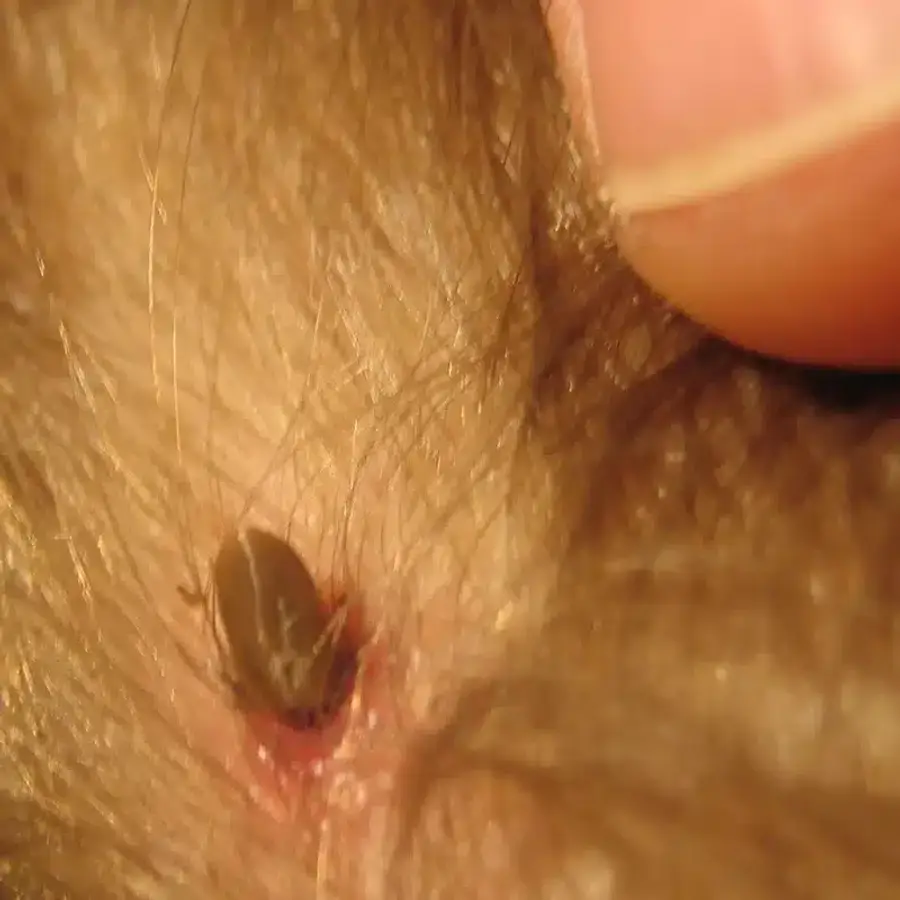
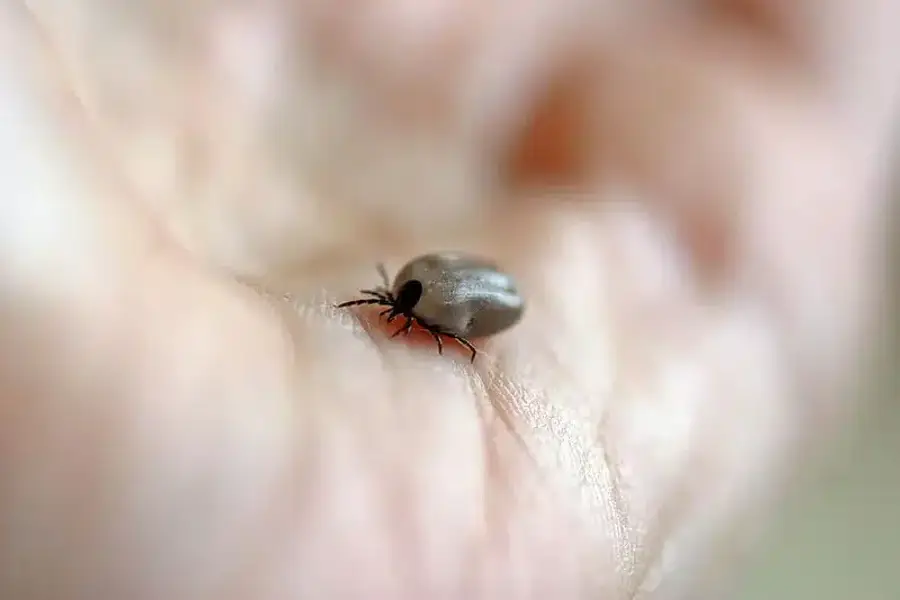
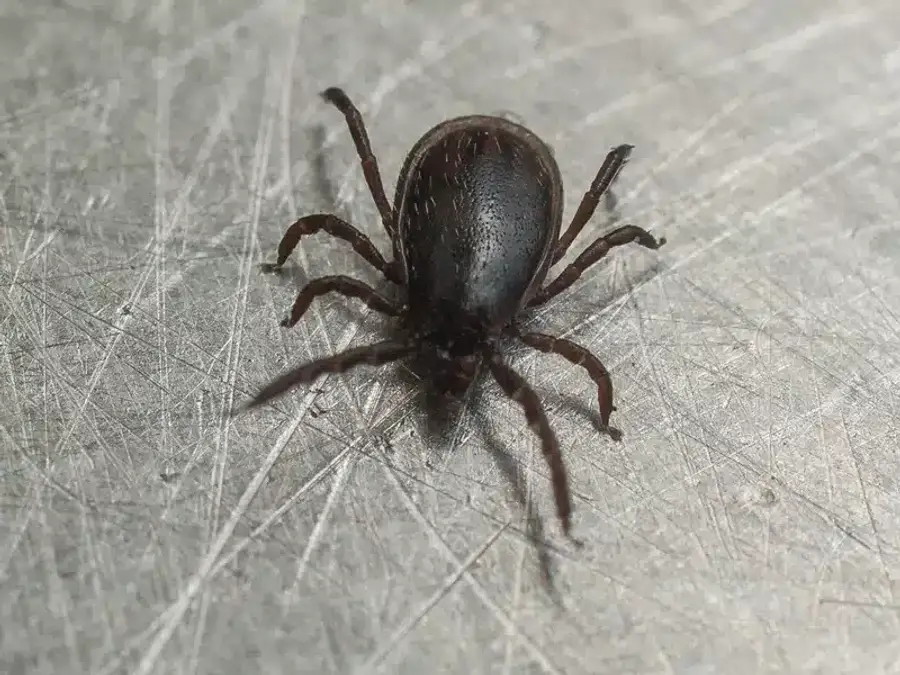
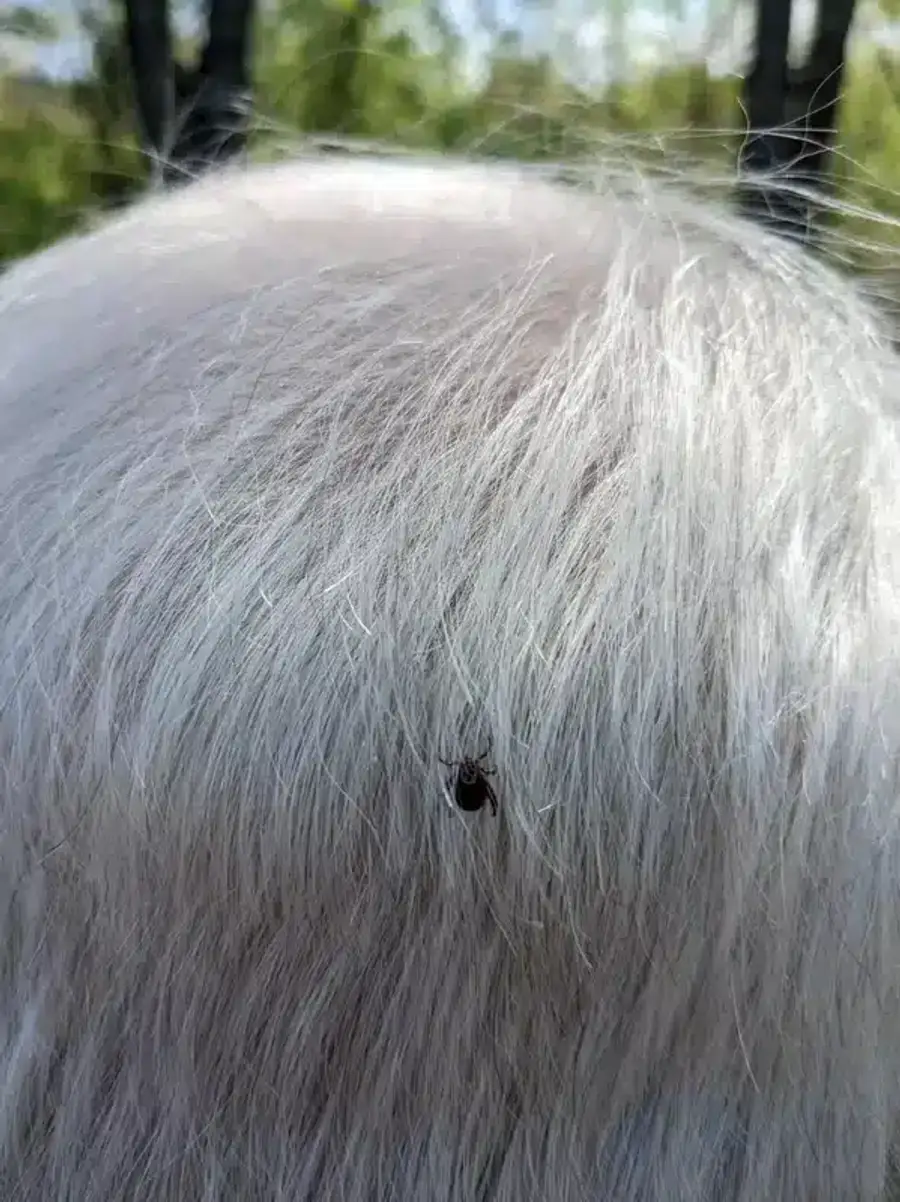
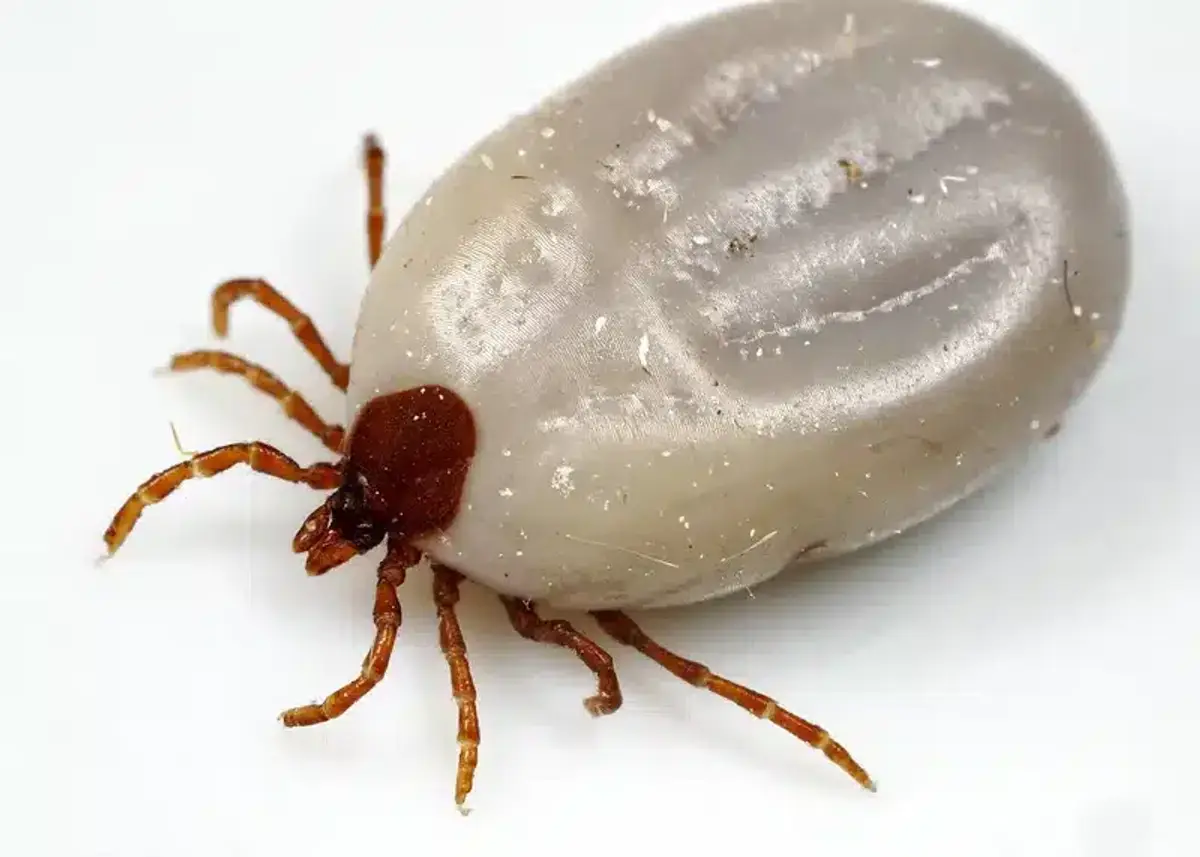
You can learn more about tick ID at Ticks.
Grey Tick Biology and Identification
Hard Ticks vs. Soft Ticks
Hard ticks (Ixodidae) have a visible scutum and feed for days. You can see their mouthparts from above. Soft ticks (Argasidae) lack a scutum, hide mouthparts underneath, and take short nocturnal meals.
Life Cycle of Engorged Hard Ticks
Hard ticks move through egg, larva, nymph, and adult stages. Each stage needs a blood meal. After feeding, many females swell and change color. The brown dog tick can complete its cycle indoors in weeks, not years.
Key Species in the VA-MD-DC Corridor
Common grey-appearing ticks include:
- Black-legged (deer) tick
- Lone star tick
- American dog tick
- Brown dog tick
- Emerging Asian longhorned tick
Health Risks from Grey Tick Bites
Disease Risk
Tick bites can spread Lyme disease and babesiosis. They also transmit Rocky Mountain spotted fever and ehrlichiosis. In our region, health agencies report hundreds of tick-borne illness cases each year.
How to Find a Tick in Your Home
Signs you may have grey ticks indoors:
- Ticks crawling on walls or floors
- Engorged grey “seeds” on pet bedding
- Soft ticks under ceiling cracks in attics
Collect specimens in a sealed vial or on clear tape and submit to local diagnostic labs. Distinguish them from Spiders or other bugs by checking for a scutum. See Are Arachnids Insects? The Key Differences Explained to learn more.
Immediate Response to Finding a Grey Tick
Proper Tick Removal
Use fine-tipped tweezers to grasp the tick at the skin line and pull straight up. Disinfect the bite area and keep the tick for possible testing. According to the CDC, proper removal lowers infection risk.
Monitor health for 3-30 days. Early doxycycline treatment cuts complications if symptoms appear.
Non-Chemical Grey Tick Home Treatment
Start with these steps:
- Vacuum floors, baseboards, and furniture. Seal and discard debris.
- Wash pet bedding, throws, and kennel pads in hot water. Tumble-dry on high.
- Steam-clean upholstery and rugs where laundering isn’t possible.
- Seal cracks, crevices, and gaps around baseboards.
- Have bats and rodents excluded by professionals to prevent soft-tick rebound.
Chemical Treatment Options for Grey Tick Infestations
See our How Much Does Pest Control Cost? 2025 Service Price Guide for budget info.
Professional Grey Tick Control Services
Our registered technicians follow an Integrated Pest Management plan:
- Inspect your home, yard, and pet areas.
- Treat indoor and outdoor hotspots.
- Provide prevention tips and follow-up visits.
We serve:
- Pest Control: King George
- Pest Control: Alexandria
- Pest Control: Arlington
- Pest Control: Ashburn
- Pest Control: Bethesda
Protecting Pets from Grey Tick Infestations
Pets often bring brown dog ticks inside. Use a year-round program:
- Isoxazoline chewables or topical acaricides
- Flumethrin/imidacloprid collars
- Monthly tick checks and removal



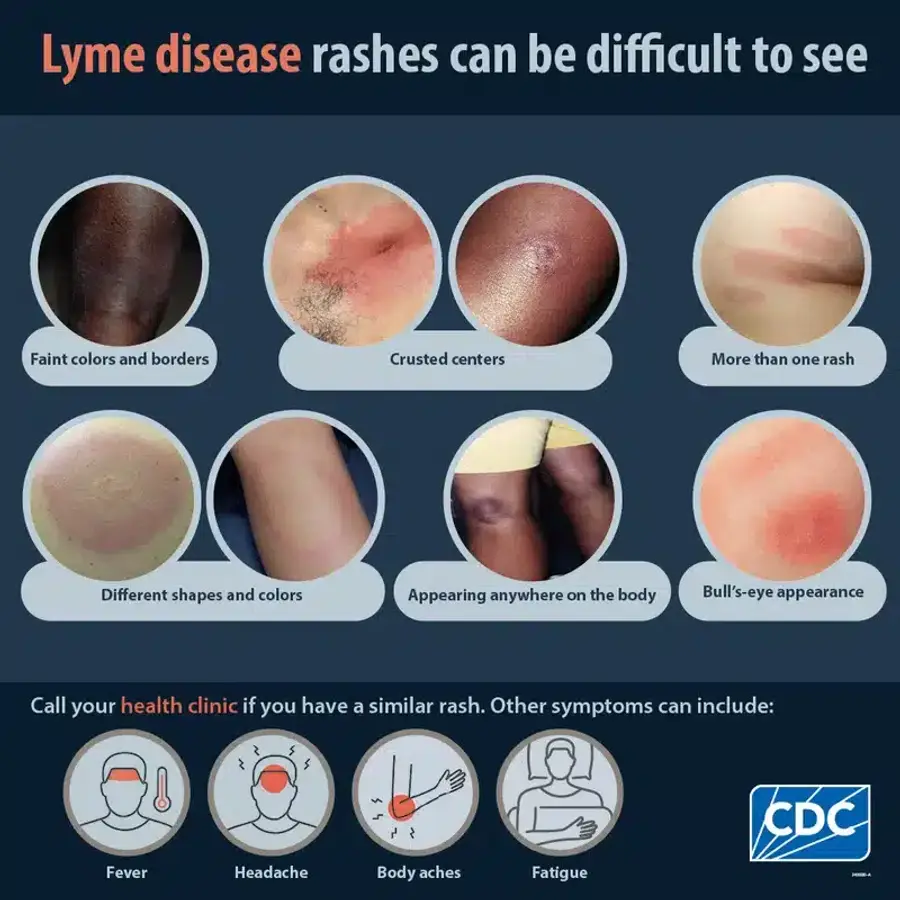
For integrated habitat tips, see Rodent Control Reston.
Outdoor Habitat Modification
Modify your yard to cut tick numbers:
- Keep grass under 3 inches
- Remove leaf litter and brush
- Create a 3-ft mulch or stone buffer at wooded edges
- Use deer fencing or resistant plants to limit deer access
Long-Term Grey Tick Prevention Checklist
Considerations for Multi-Unit Housing
In apartments and condos, ticks can move through shared walls. All pet-owning units should coordinate treatment. If selling a home, inspect for grey ticks on walls and disclose any infestations.
Case Study: Our Grey Tick Eradication Strategy
As a third-generation, family-owned company, the Schulz family built an in-house research team to review thousands of studies. We dropped 9 high-risk chemicals and added products like Essentria and borates. This approach led to a 95% reduction in household tick reports within 12 months.
Frequently Asked Questions
What does a grey tick look like?
+
A grey tick has an engorged, silvery-grey abdomen and a patterned scutum that stays small. It can swell to several times its flat size after feeding.
Are grey ticks dangerous?
+
Yes. Grey ticks can carry Lyme disease, Rocky Mountain spotted fever, and other illnesses. Quick removal and monitoring help reduce health risks.
How do I get rid of grey ticks in my house?
+
Start with tick removal and deep cleaning. Vacuum, seal gaps, and wash fabrics. Then apply EPA approved treatments or contact a licensed technician.
Can grey ticks transmit Lyme disease?
+
Yes. Engorged hard ticks like black-legged ticks can transmit Borrelia burgdorferi, the bacterium that causes Lyme disease, during feeding.
How can I prevent ticks around my home?
+
Keep grass short, remove leaf litter, and install a mulch buffer. Use EPA-registered repellents on skin and clothing after yard work.
When should I call a professional for tick control?
+
If you find engorged ticks indoors, see ticks crawling on walls, or get repeated bites. Registered technicians can inspect and treat effectively.
Do indoor foggers work against grey ticks?
+
No. Foggers often miss ticks tucked under edges. Crack-and-crevice treatments with permethrin or professional barrier sprays work better.
With five years of hands-on experience in the pest control industry, George Schulz is a registered technician with the Virginia Pest Management Association and a proud third-generation professional in a family business that's been protecting homes for over 57 years. He manages and trains a team of service pros while also leading internal research efforts—recently spearheading a deep-dive review of thousands of documents on pest control materials to hand-pick the most kid and pet friendly, most effective solutions tailored specifically for homes in the DC metro area.
